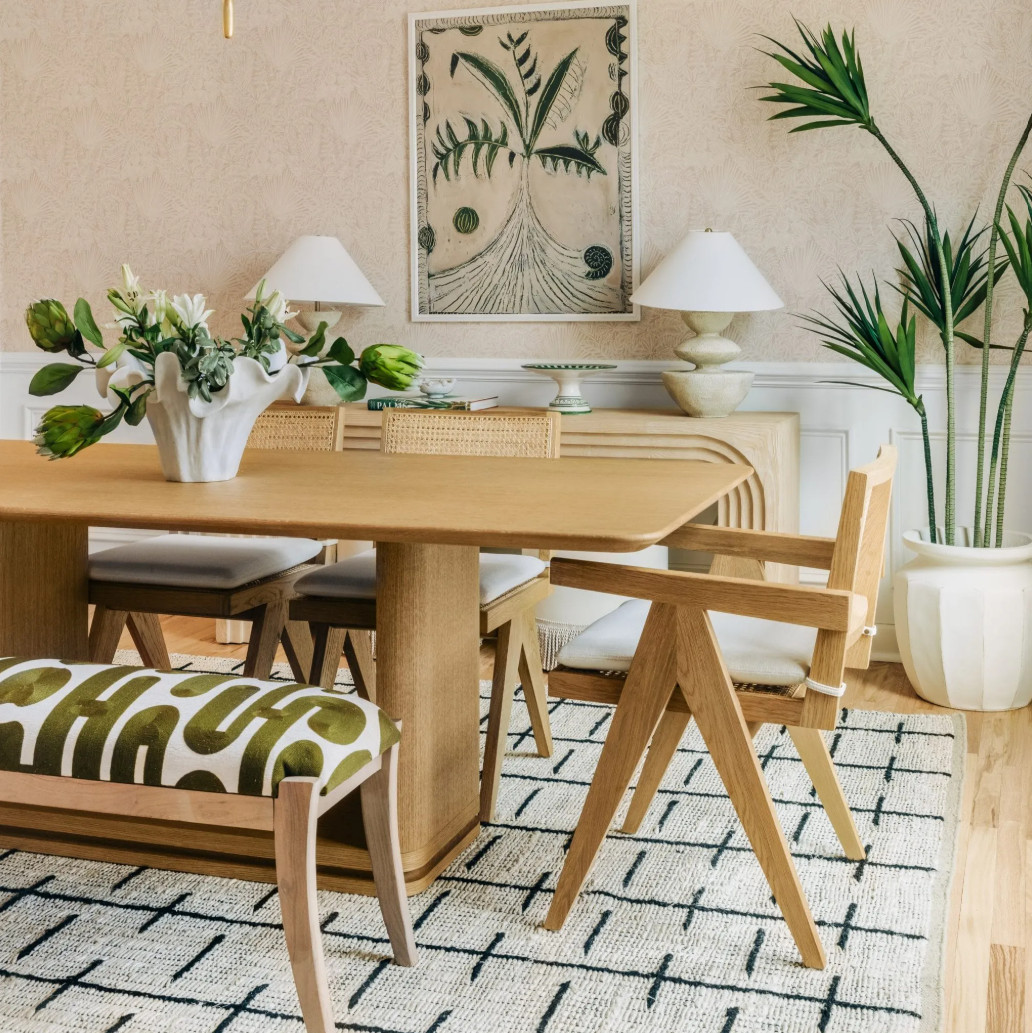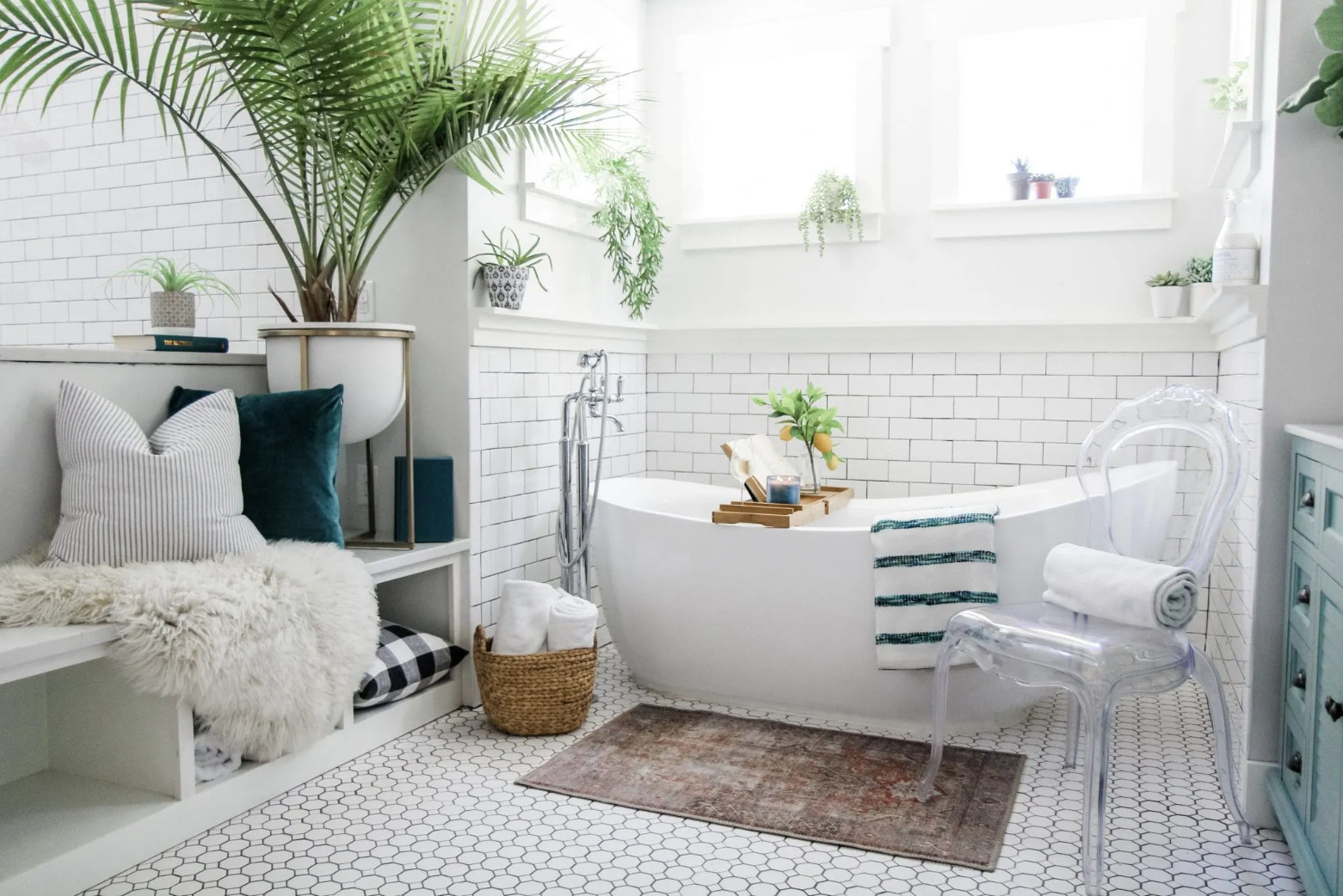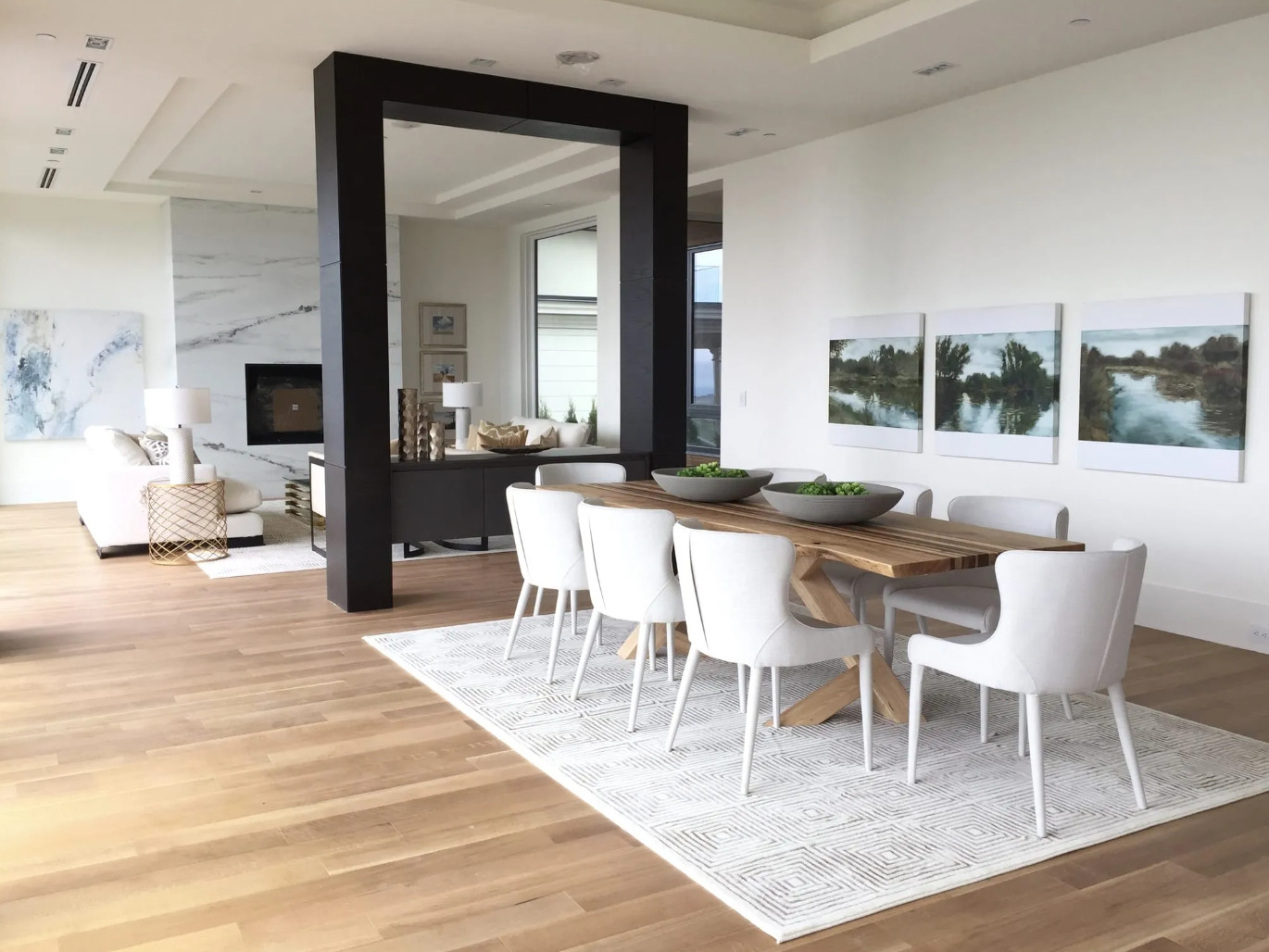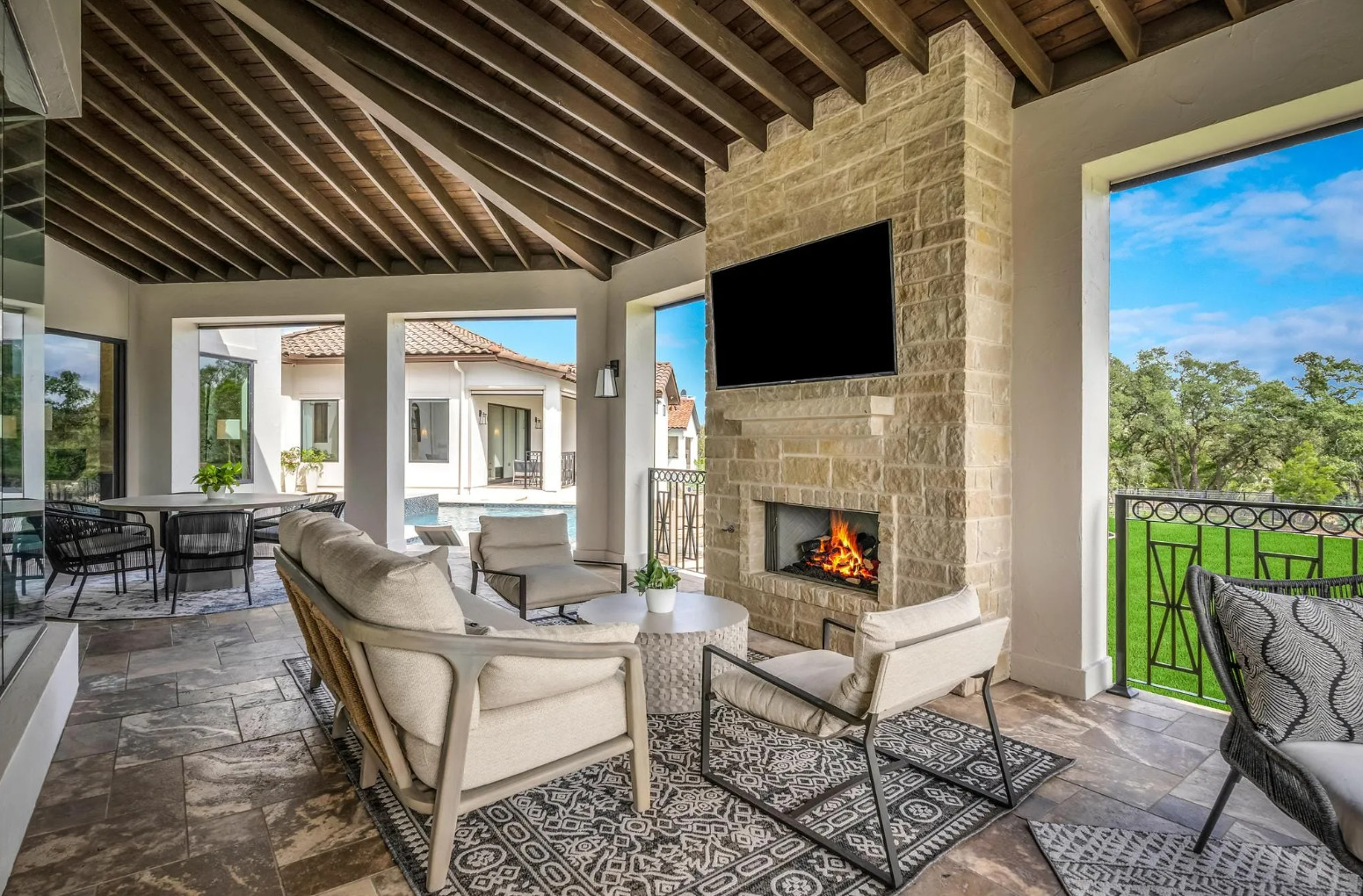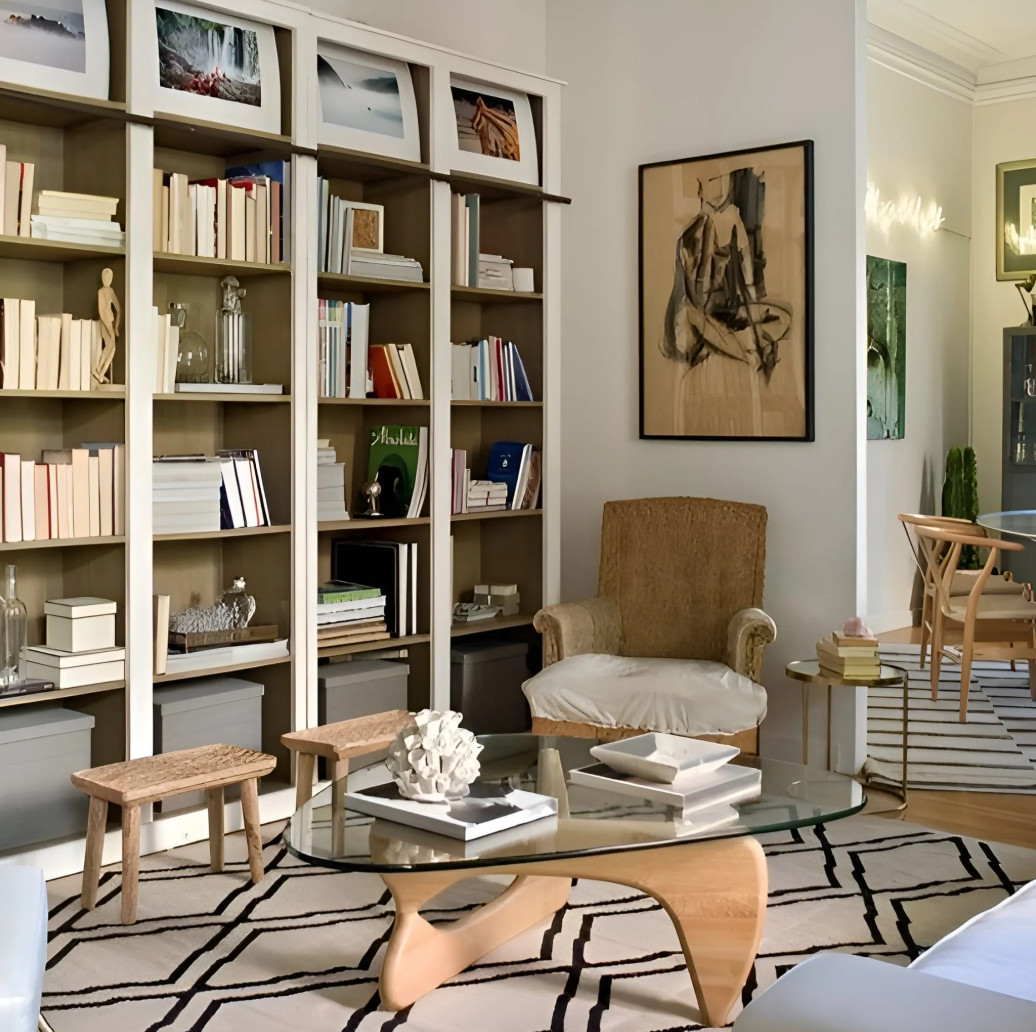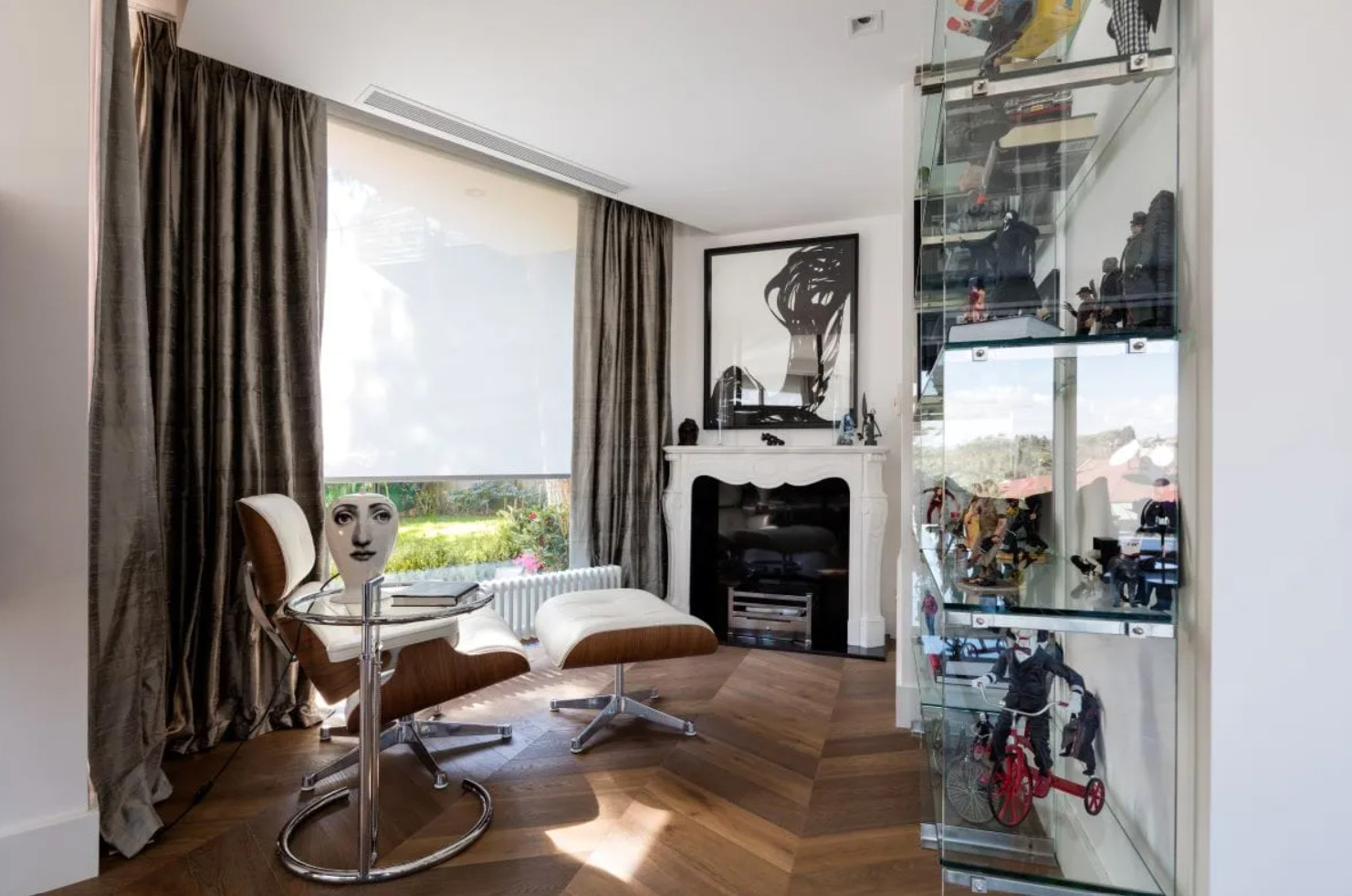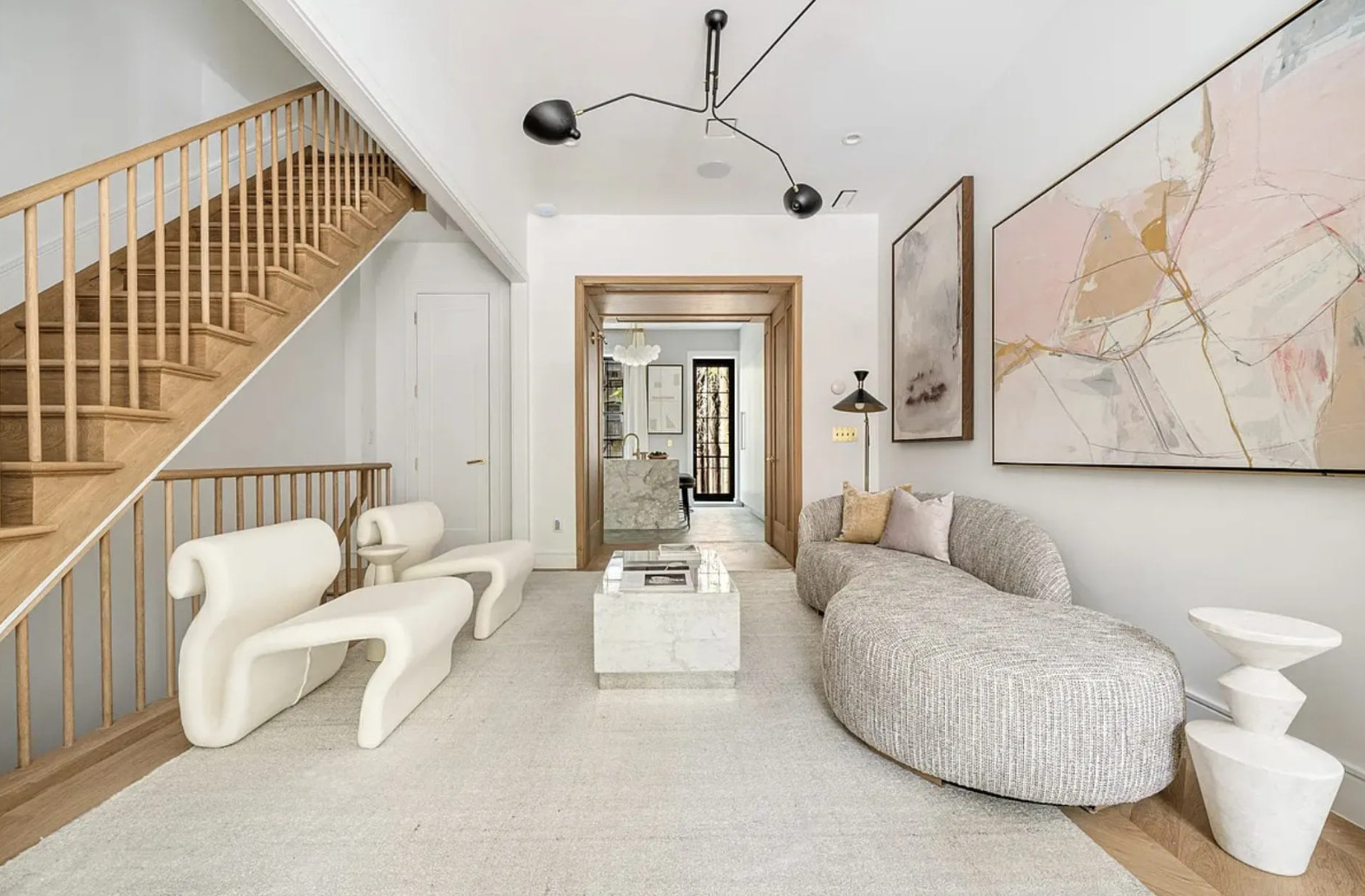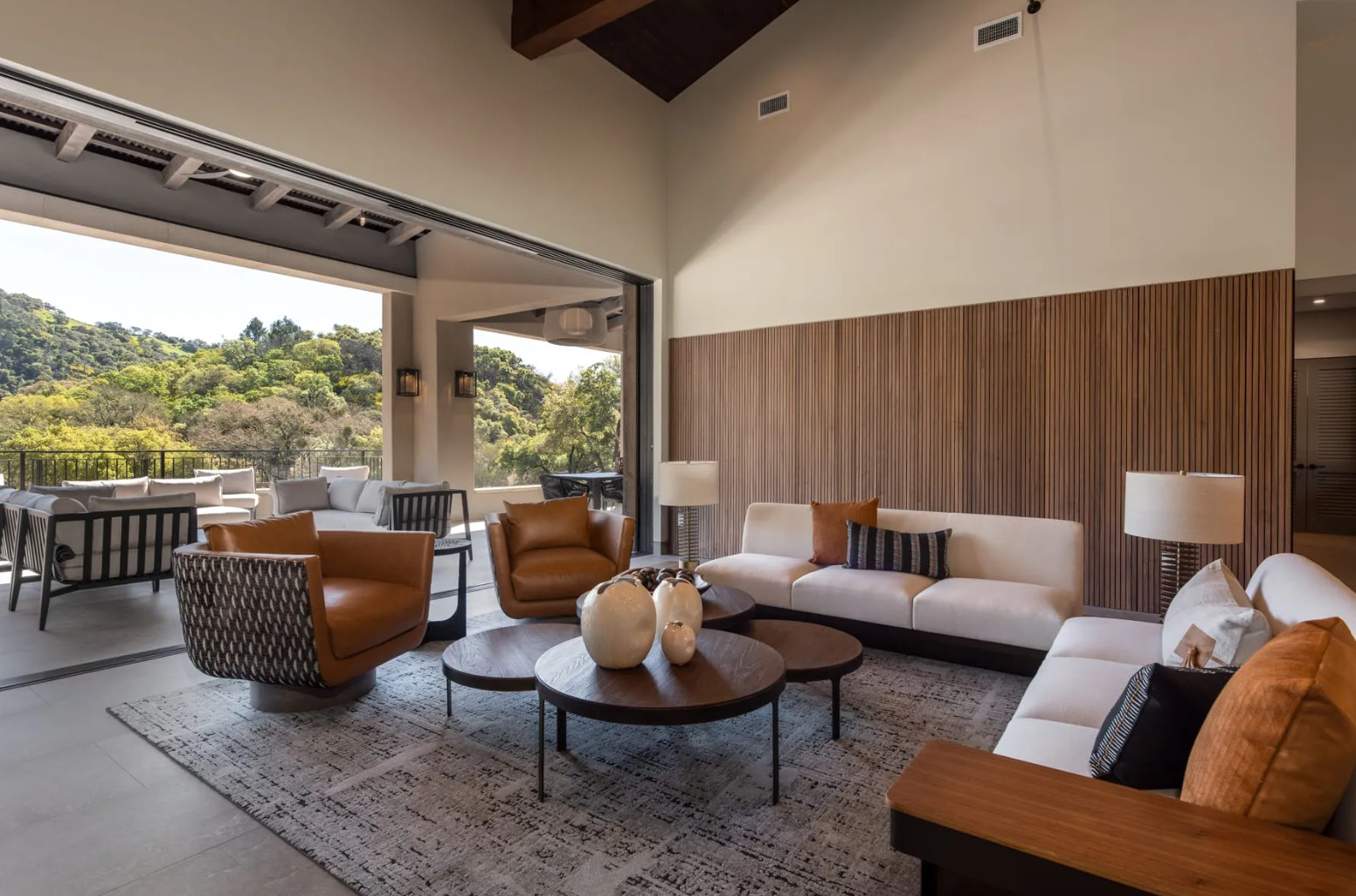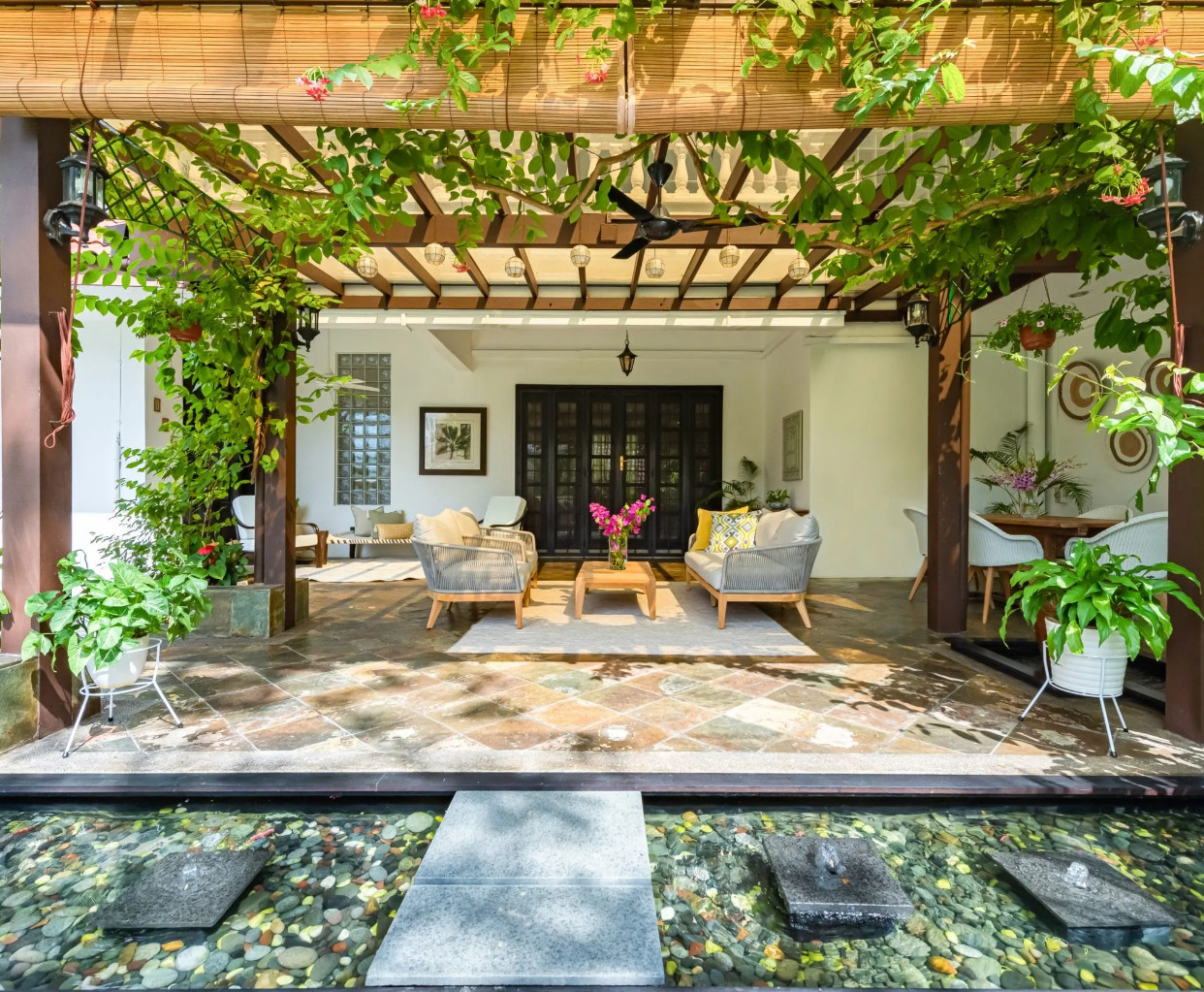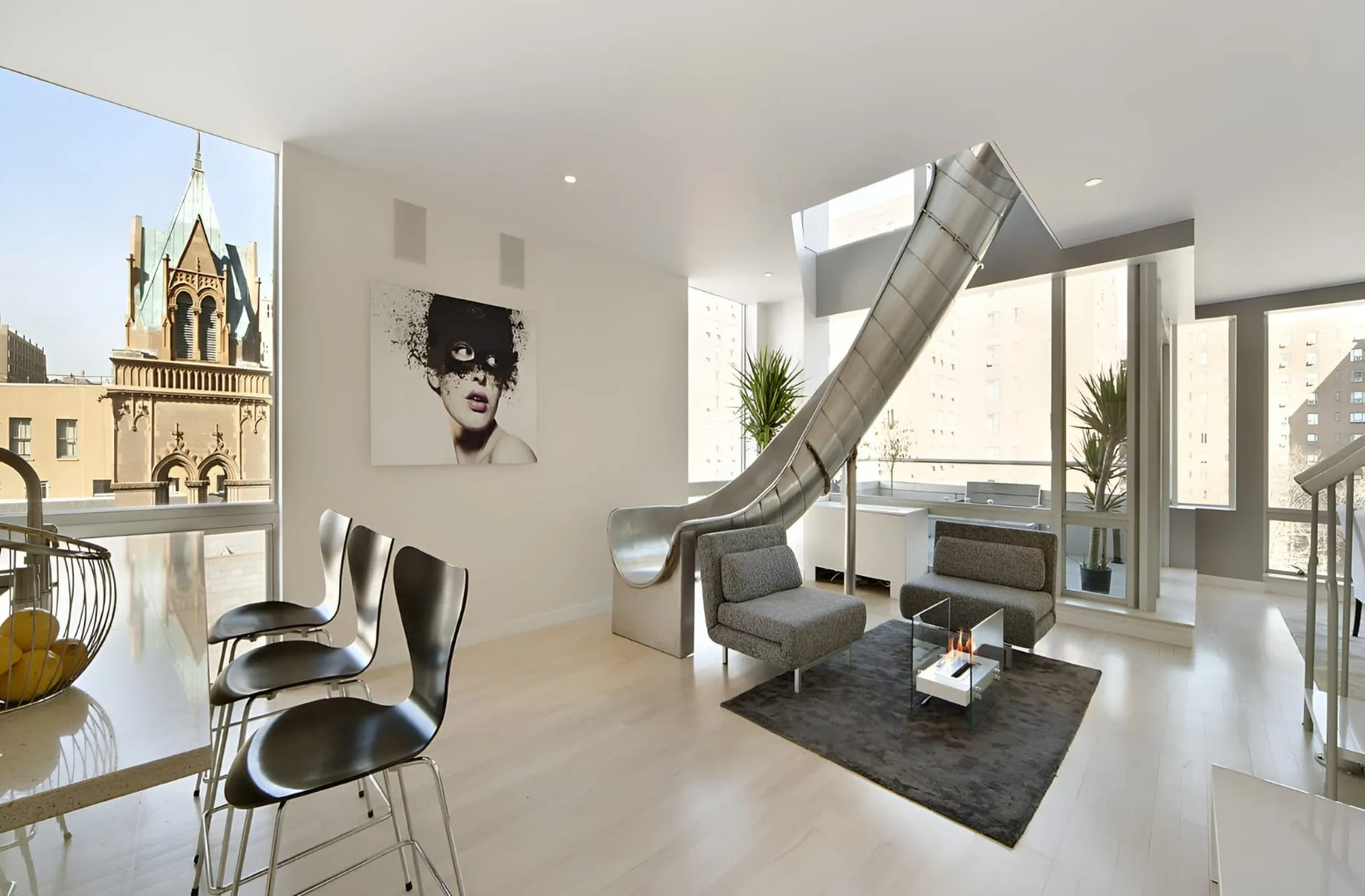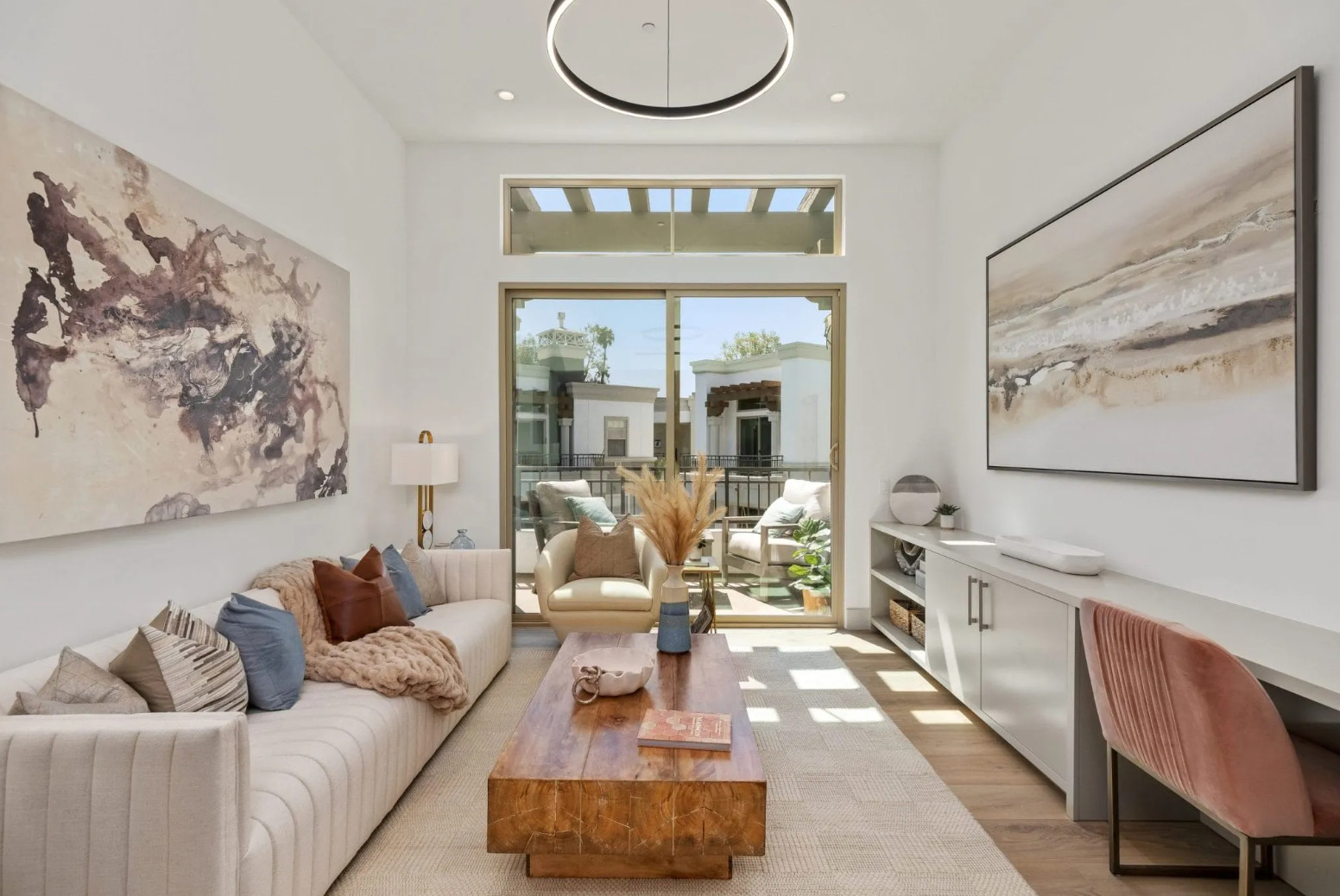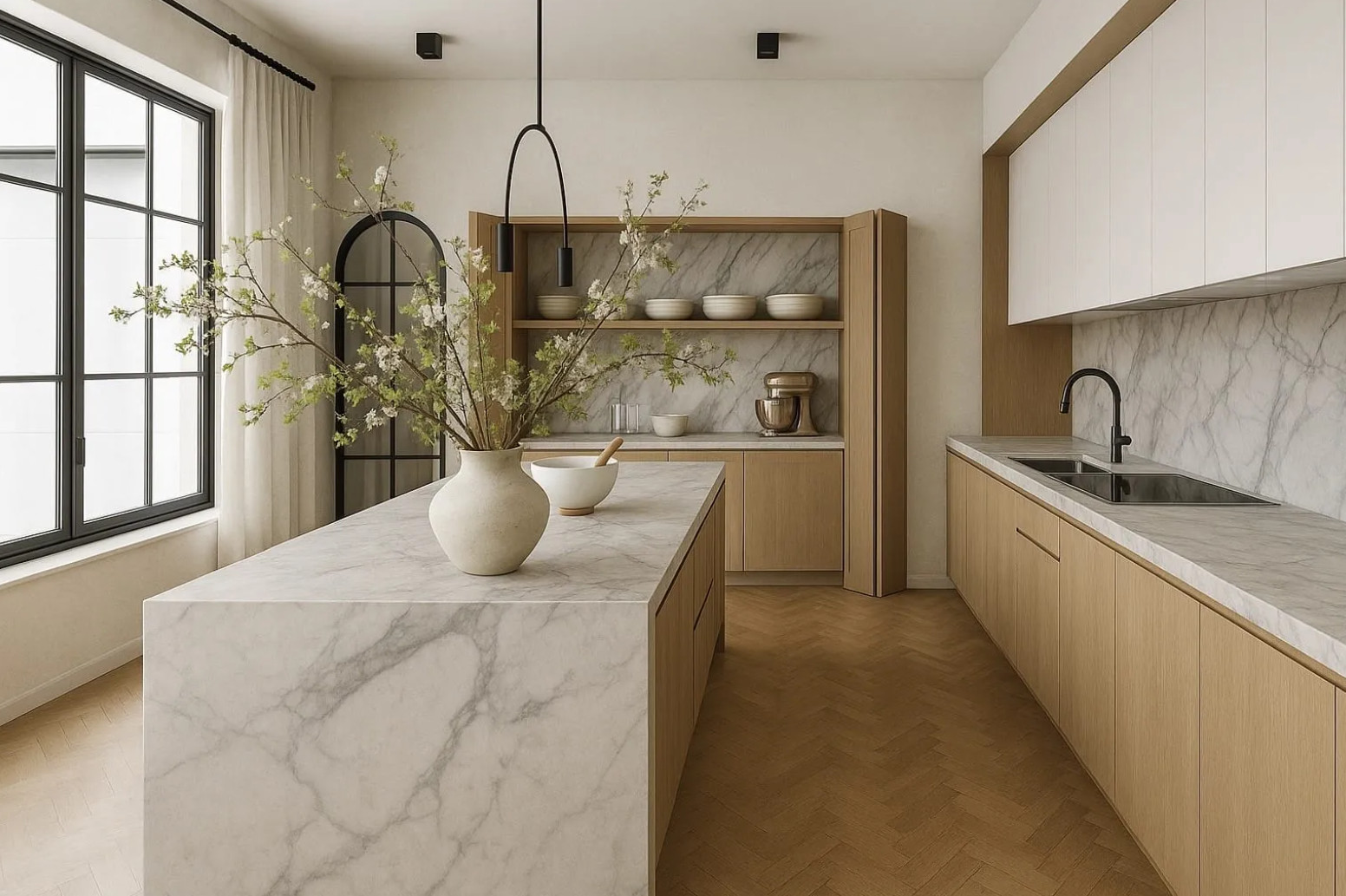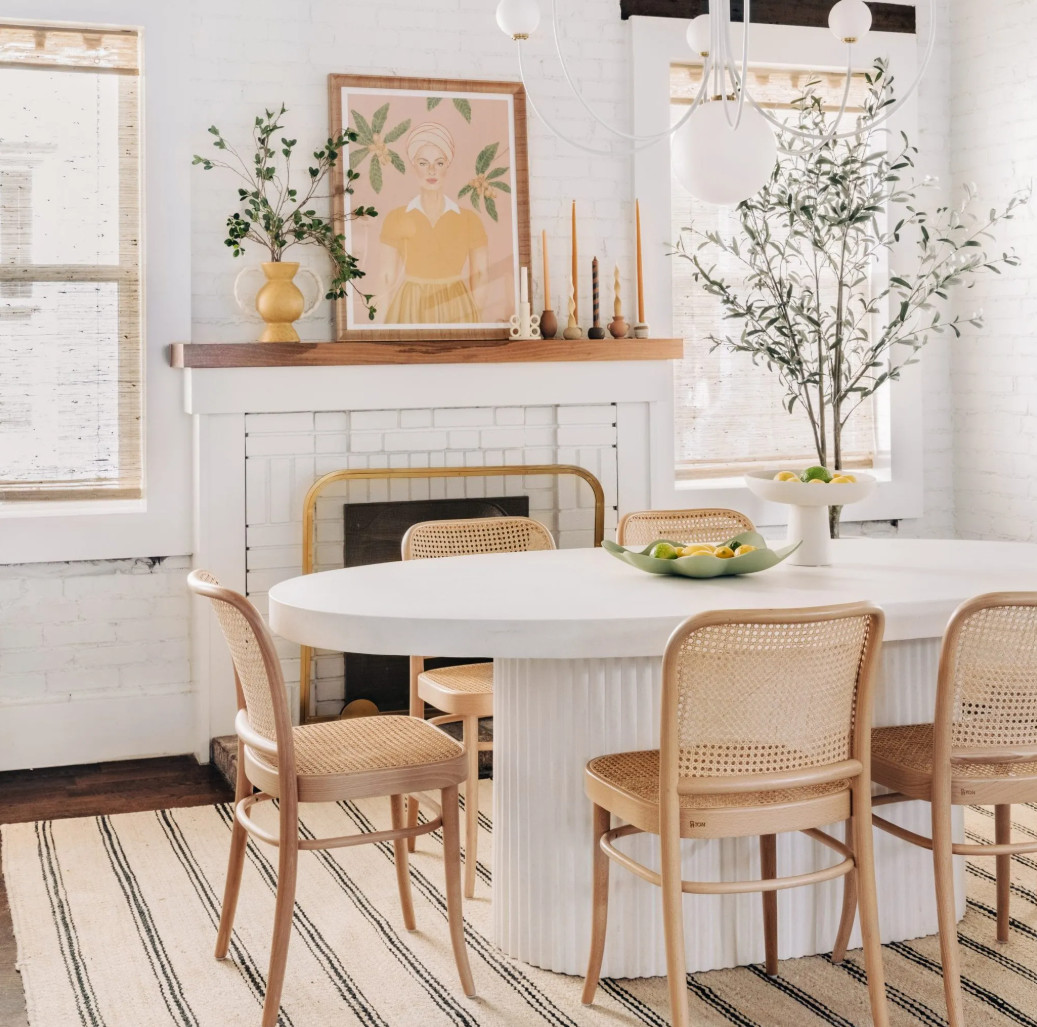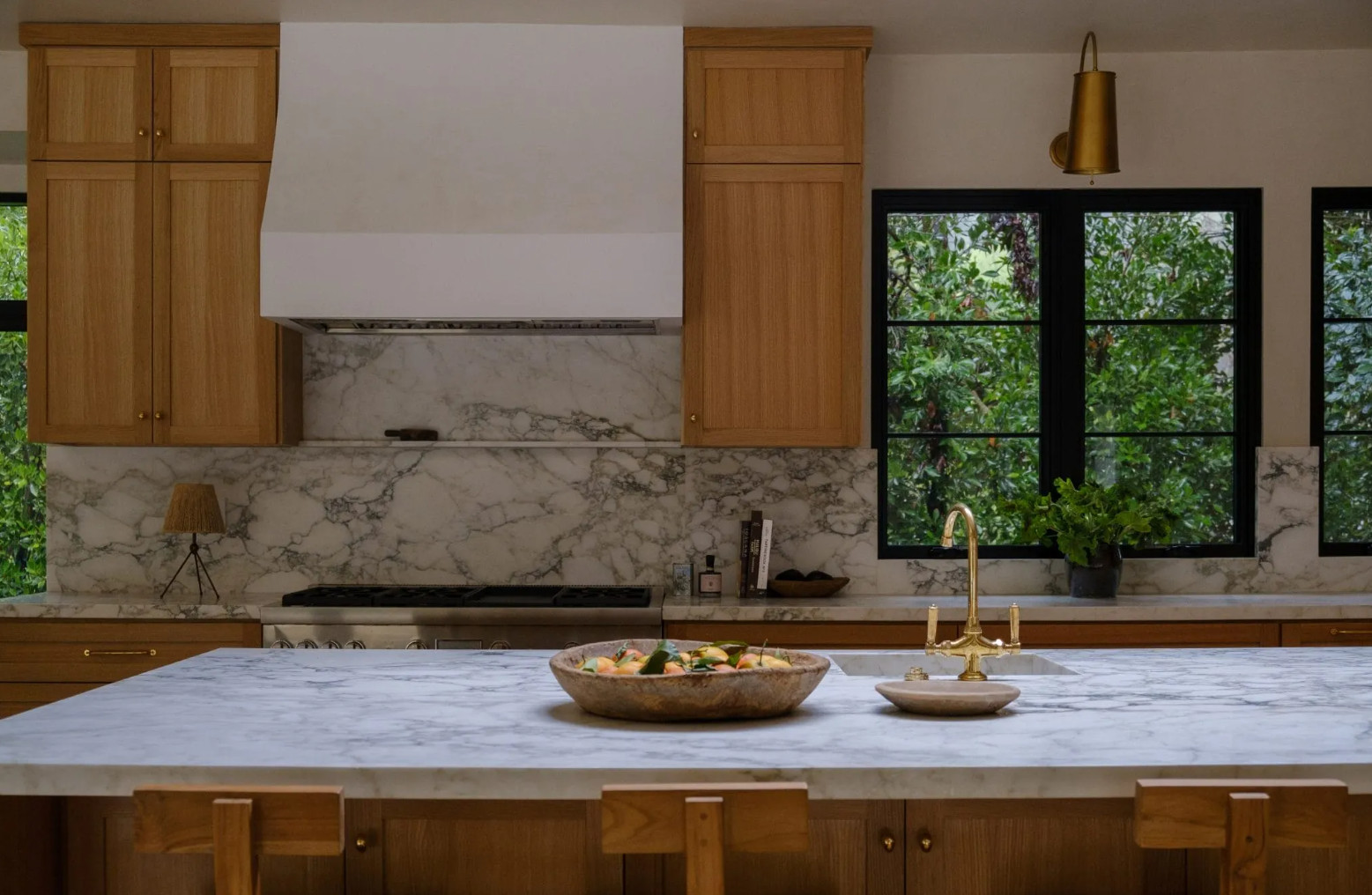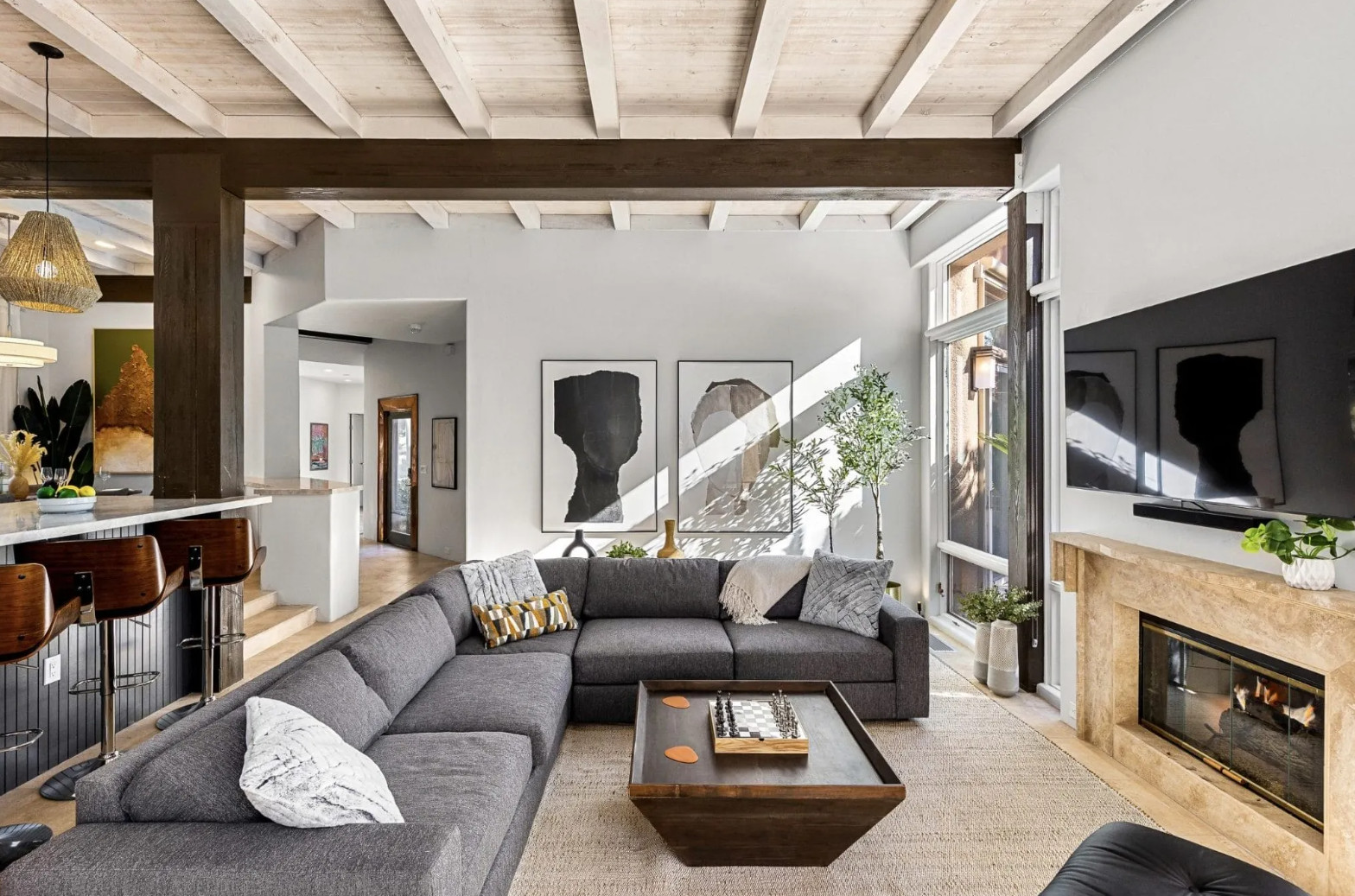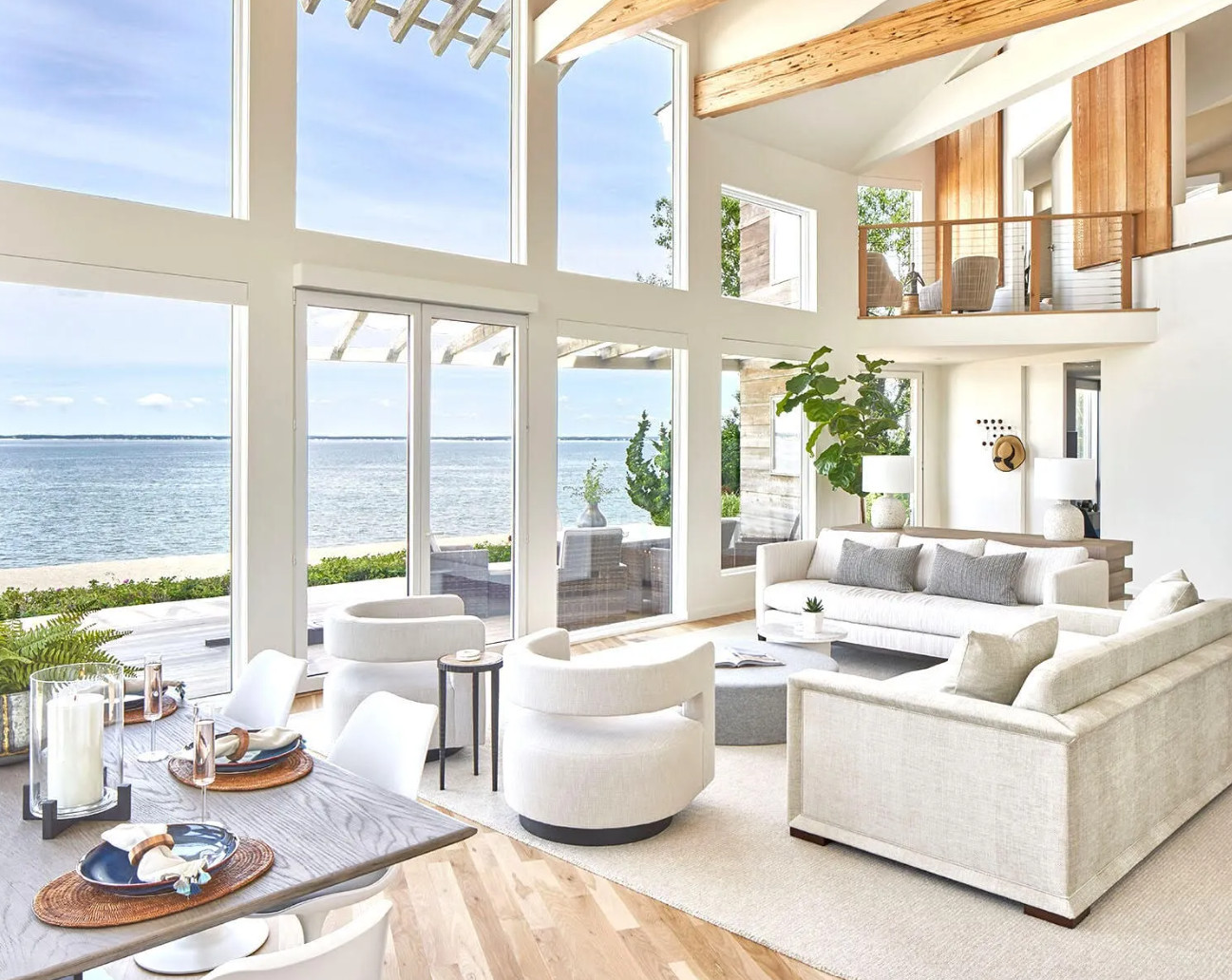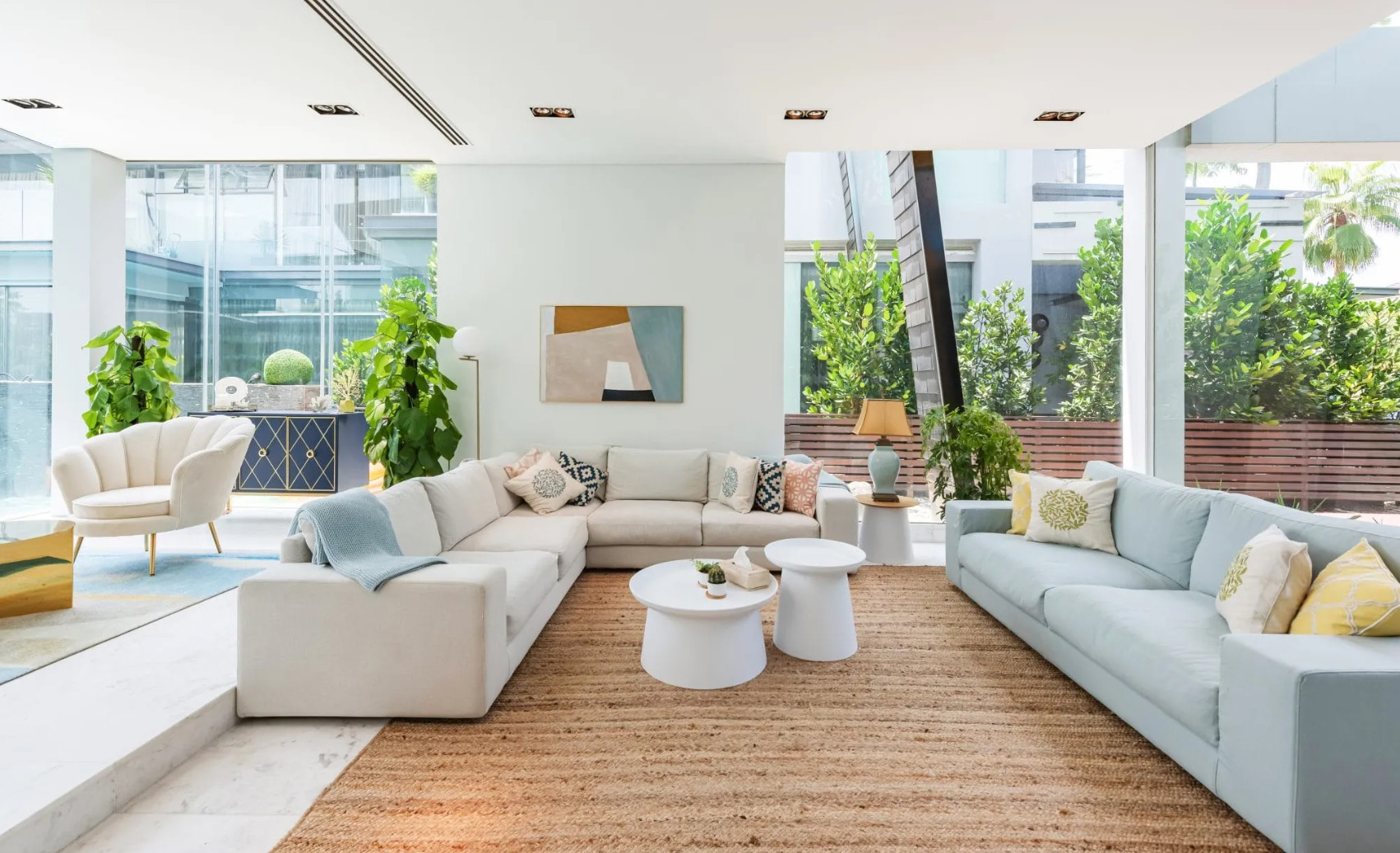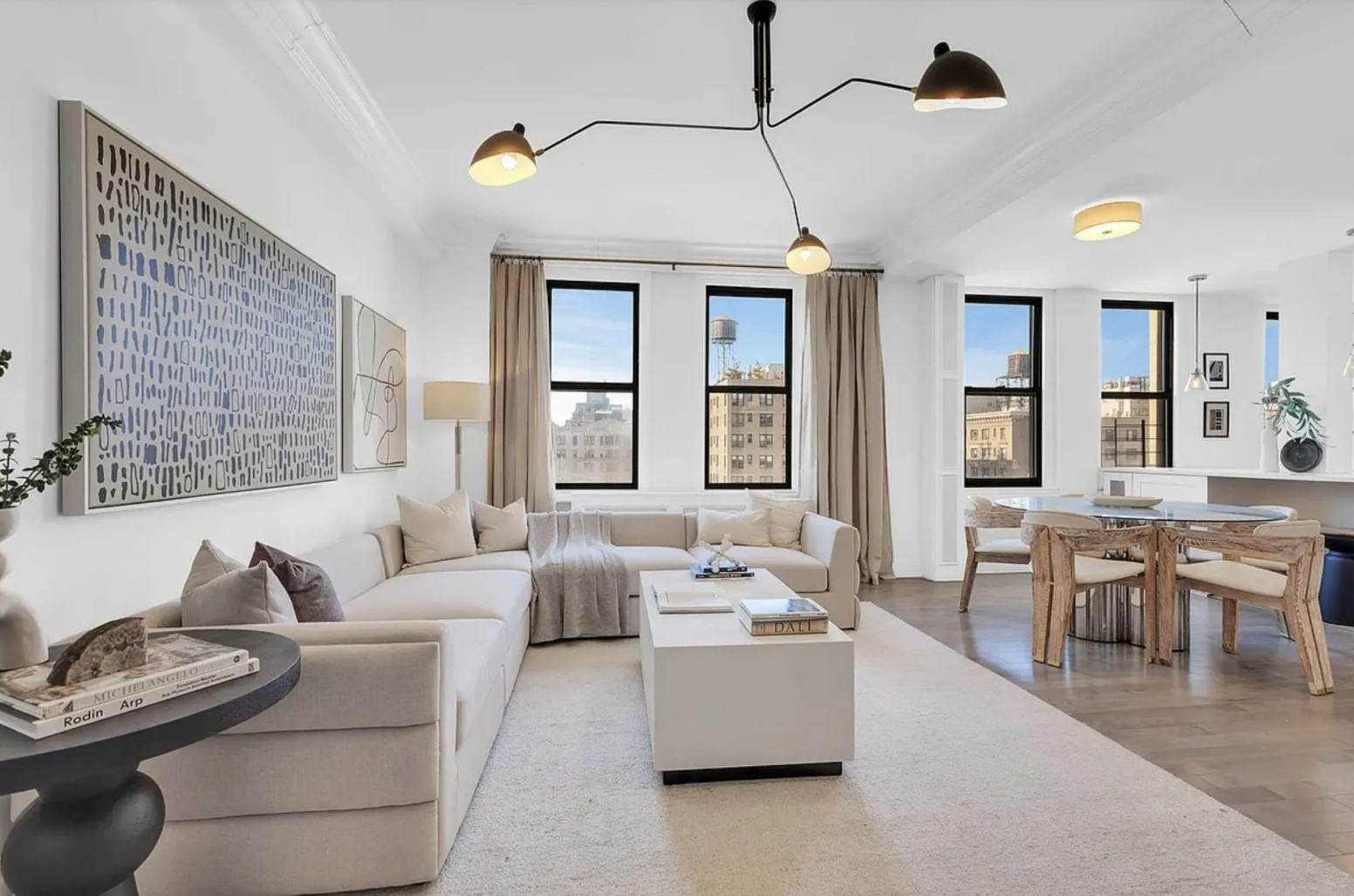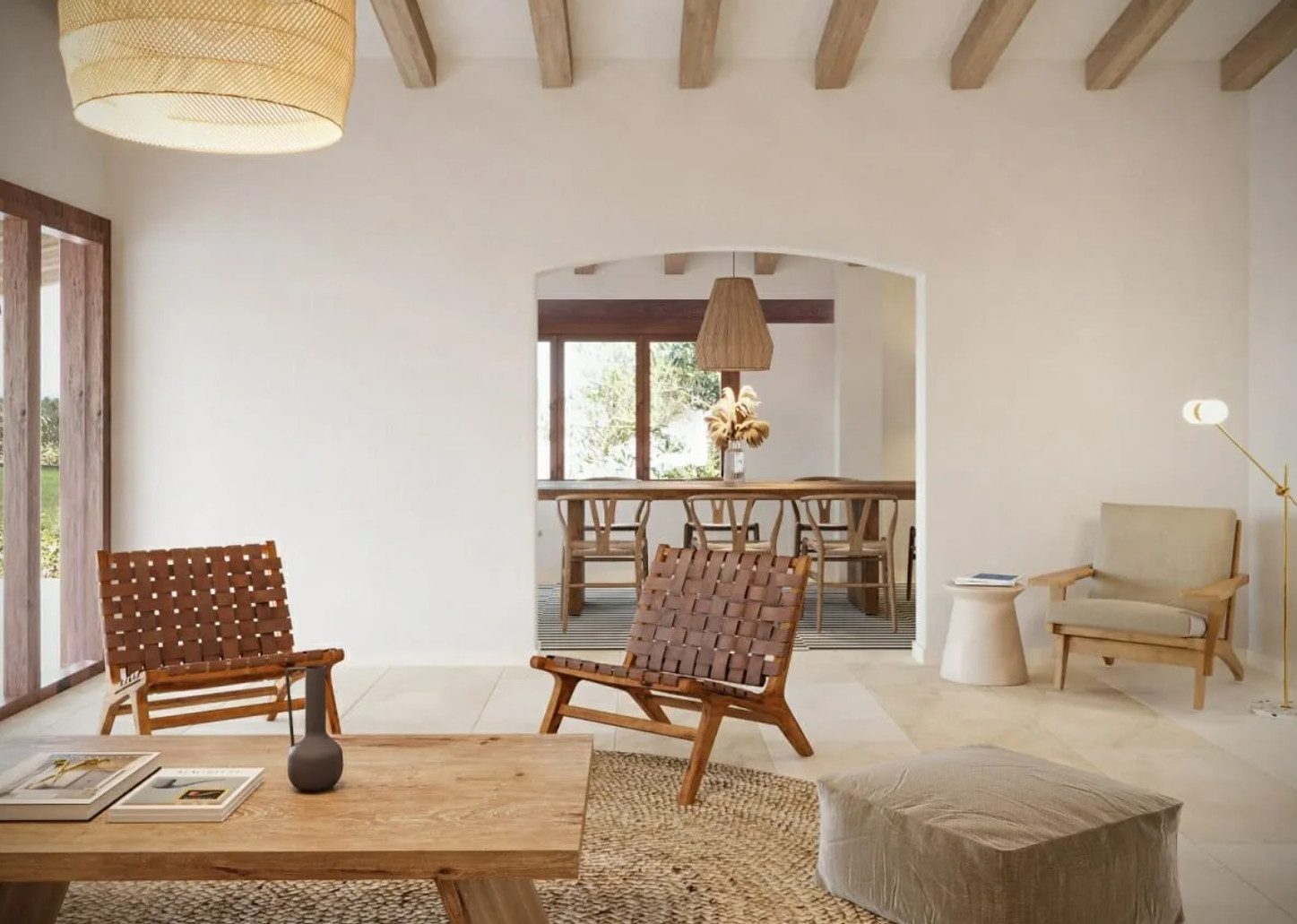Did you know that your well-being depends not only on daily habits but also on how your home looks and feels? Interior design and architecture can greatly influence your mood, energy, and even physical health. A thoughtfully designed space promotes harmony, calm, and vitality.
Here are 12 wellness design ideas to help make your home truly healthy and joyful.
1. Breathe Fresh Air 🌬️
A healthy home starts with good ventilation. Open your windows regularly, ensure free airflow, and avoid stuffiness. Large windows, high ceilings, and vents help keep the air clean. Houseplants not only add beauty but also naturally filter toxins from the air.
2. Use Water Wisely 💧
Wellness design cares for both your body and the planet. Install water filters and faucets that reduce water usage. This ensures you have clean drinking water while minimizing your environmental impact.
3. Mindful Eating 🍽️
Create an environment that encourages healthy eating. Make your kitchen bright and functional, and your dining area calm and minimalist. Use natural materials, simple furniture, flowers, or nature-inspired accents—they help you relax and enjoy your meals.
4. Healthy Lighting 💡
Light has a direct impact on your circadian rhythm—the internal clock that regulates sleep and activity. Maximize natural daylight, and in the evening, choose warm lighting. On cloudy days, LED lamps with adjustable color and intensity can help maintain balance.
5. Spaces That Inspire Movement 🏃♀️
Add opportunities for activity at home: stairs instead of elevators, a small workout corner, or a cozy garden or terrace. Smart design encourages you to move more and spend time outdoors.
6. Comfortable Temperature 🔥
Thermal comfort is key to well-being. Use textiles, curtains, rugs, and wooden panels to retain warmth. This lowers energy use and creates a cozy indoor climate.
7. Acoustic Comfort 🎶
Good acoustics help you feel calm and relaxed. Incorporate wood, rugs, bookshelves, or panels to reduce echo and noise. Each room has its own “sound balance,” so it’s wise to isolate bedrooms and work areas from excessive noise.
8. Eco-Friendly Materials 🌱
Choose natural, non-toxic materials—bamboo, stone, clay, wool, cork. Avoid finishes with formaldehyde or synthetic coatings that release harmful chemicals. Buying second-hand or upcycled items is also a great way to care for the environment.
9. A Recovery Zone 🧘♀️
Create a small corner for relaxation or meditation. A quiet space with soft lighting, plants, favorite books, or decorative items helps relieve stress and restore energy.
10. Social Spaces 🤝
A home should bring people together. Set up comfortable areas for guests—like a kitchen bar or patio. These spaces encourage interaction, positive energy, and a sense of community.
11. Restore, Don’t Replace 🔄
Instead of tearing everything down and starting fresh, try updating what you already have: refurbish furniture, repaint doors, or remake curtains. It’s economical, eco-friendly, and gives your home a unique character.
12. Biophilic Design 🌸
The simplest way to improve well-being is to bring nature indoors. Plants, natural light, and views of greenery lift your mood and reduce stress. Take inspiration from Japanese garden principles, framing views through windows like living artworks.
Wellness design isn’t a trend—it’s a way to make your home a place where your body, mind, and soul can restore themselves. Even a few thoughtful changes can transform your space into a true source of health and happiness.
Download calculator
and presentation
solution packs
and presentation
solution packs
for accurate cost calculation

Enter your phone number and download the calculator





